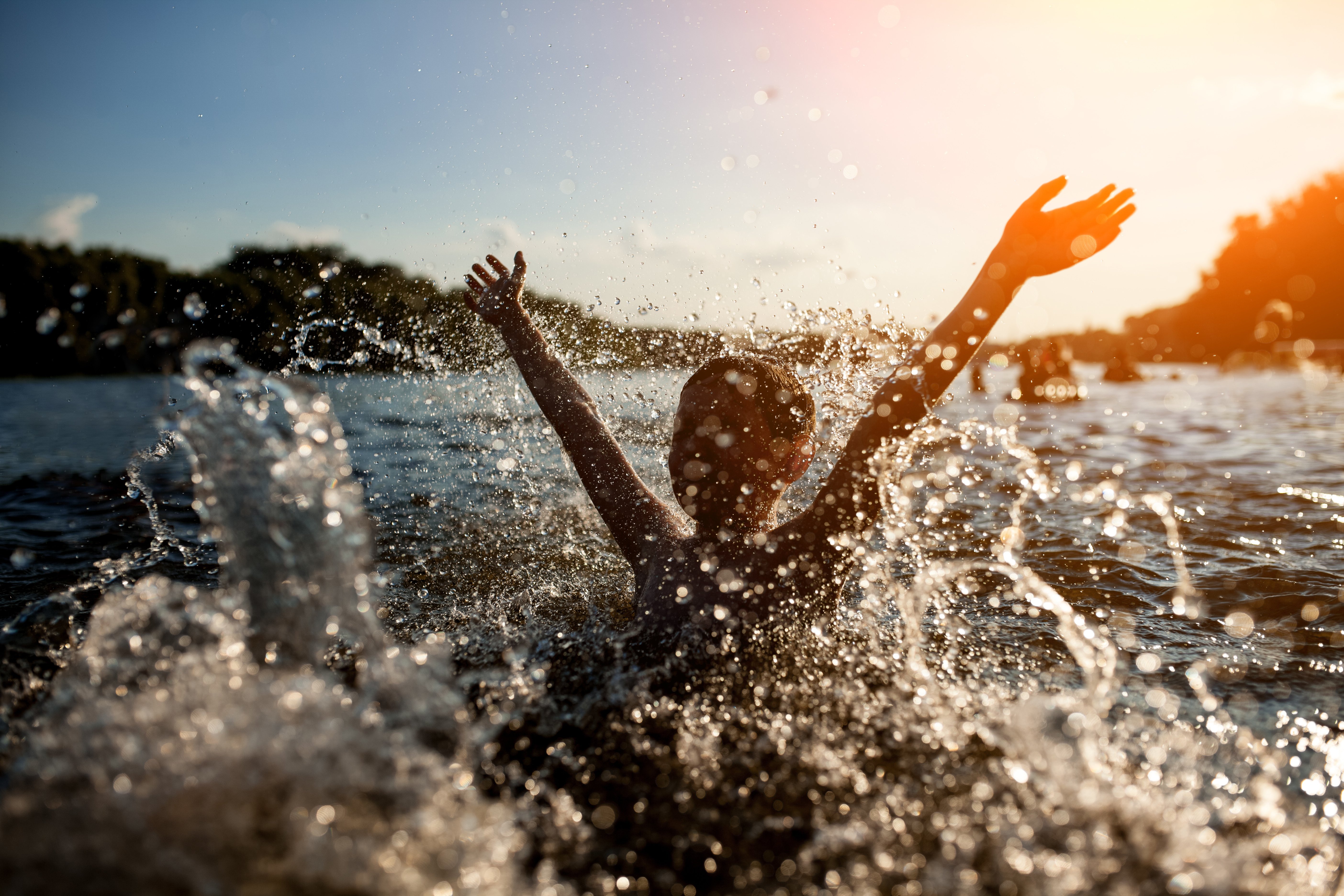When summer weather heats up, you and your family do whatever you can to stay cool. One of the best ways to beat the heat is to get in the water. While going for a swim may be one of the most refreshing things you can do, it does come with a unique set of risks.
Any open body of water is a danger to children, especially young ones. For children in all parts of the world, drowning is one of the top 10 leading causes of death. Whether your family is swimming in a contained pool or on the open water of the Puget Sound coastline, you need to ensure they stay safe at all times. Let's take a look at some of the most important tips for keeping your family members safe whenever you go for a dip.
Stay on top of supervision
Whenever children are in or around open bodies of water, at least one adult should be supervising them at all times. If there are infants or toddlers in the water, the supervising adult should be within arm's reach to provide active supervision and avoid any distractions. With little ones in the water, it takes only a moment for a fun day to take a bad turn. Even older and more experienced children should always swim with a partner.
If there are several adults around at a pool party or lakeside gathering, take turns watching the little ones. Use a pin or lanyard to designate who is on water-watching duty and swap out after a certain amount of time, such as every 15 or 20 minutes. This will help prevent gaps in supervision and distribute the responsibility between parents evenly. Make sure the kids know that if they want to go in the water, they have to ask an adult for permission first.
Teach kids how to swim
Teaching your children how to swim is one of the best ways for your child to start learning water safety. You can either take on this task yourself or enroll your kids in swimming lessons when you think they are ready. The YMCA has been teaching people of all ages how to swim for over 100 years, so children of any age can learn this skill, even if they're on the older side.
The most important techniques to teach kids include how to tread water, float and get to an exit. If you and your family often visit lakes, eastern Washington rivers to float and Puget Sound beaches to swim, it's important to teach your children that swimming in open water is very different from swimming in a pool. In these natural environments, kids need to be aware of currents, uneven footing, undertow and changing weather. Any one of these elements can bring danger.
Remember sun protection
Although your main focus may be on keeping kids away from dangers while in the water, you need to think about other summer hazards as well. While your kids are swimming, the sun will still damage their skin. In fact, unprotected skin can experience sun damage in as little as 15 minutes. Before you and the little ones get outside, be sure to lather on the sunscreen. Remember to reapply once they're out of the water, as sunscreen can wash off while they swim.
If your child does end up suffering a sunburn or needs prompt medical treatment for other summer ailments such as bug bites, poison ivy rashes, minor fractures, sprains or cuts, our urgent care clinics are here to help. Be sure to walk into the Indigo Urgent Care nearest you at one of our convenient locations.


